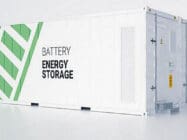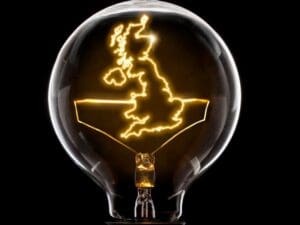
The Powerledger Chain is intended for the development of solutions to overcome the challenges of integrating renewable energies into the grid.
The Powerledger Chain is the third generation blockchain from the company, which was one of the pioneers of the technology in the energy sector, and is designed to facilitate the development of scalable decentralised apps that are able to handle thousands of transactions per second at low cost.
Example challenges highlighted include intermittency from solar and wind and grid congestion.
“Today is the most significant day in our blockchain journey as we make our game-changer Powerledger Chain public as it offers scalability, security, and energy efficiency,” said Powerledger technical director and co-founder, John Bulich.
Have you read?
Blockchain a necessity for the distributed grid finds Global Smart Energy Federation
Looking into India’s rapid electrification and digitalisation
“It’s the ideal platform for developing green and affordable energy solutions that pave the way to a brighter future.”
The Powerledger Chain is a customised permissioned Solana blockchain utilising proof-of-history and proof-of-stake consensus mechanisms to deliver the required throughput with lower energy requirements compared with proof-of-work blockchains.
Powerledger has developed a range of solutions in the areas of energy trading and traceability, flexibility trading and environmental commodities training.
These are at various stages of implementation in a dozen countries including Australia, India, the US and within Europe and Asia.
Another issue Powerledger highlights is that of centralisation, with the growing distributed energy system challenging the traditional centralised approach.
With decentralisation at its core, the public blockchain’s role in energy does not necessarily dismiss centralisation, but offers the importance of a balanced approach with the power of highly scalable blockchain-based solutions, the company states.
“The responsibility for grid management can be negotiated among stakeholders using a decentralised paradigm that uses smart contracts on our new public blockchain.”








